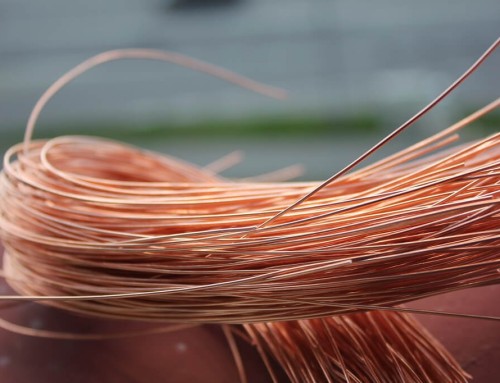
Wind carved flints stones in a desert. Image credit asergeev.com
ZIMSEC O Level Geography Notes: Wind Action in Deserts
- Wind is a process where the wind detaches soil particles from the land surface and transports them by its force.
- It occurs when forces exerted by wind overcome the gravitational and cohesive forces of soil particles on the surface of the ground.
Important notice
- A common misconception is that wind erosion is the most dominant form of erosion in deserts.
- That is not true as water action and other forms of denudation are just as important.
- Although wind action is not the most important agent of change in deserts, its effect are far more important here than in other areas.
- You should also note that chemical weathering also occurs in deserts.
- The importance of wind action therefore varies from desert landscape to desert landscape and cannot thus be generalised.
Wind Action
- Wind action in deserts are also known as aeolian processes.
- These processes include erosion, transportation and deposition.
Erosion
- Wind erosion involves three main processes: deflation, abrasion and attrition.
1. Deflation
- This is the progressive removal of fine material by wind leaving reg landscapes behind.
- By blowing away sand and other rock waste, the wind lowers the desert surface producing depressions known as closed depressions or deflation hollows.
- Because the finer material is composed of smaller particles, it is lifted off and carried away by the force of the wind.
- The deflation process provides the supply of sand used to build up sand dunes in other parts of the desert.
2. Abrasion
- is the sandblasting action produced by materials during saltation as they are transported by wind.
- This process smooths,pits, polishes and wears away rocks that are close to the ground.
- Since sand particles cannot be lifted up very high off the ground the zone of maximum erosion tends to be within about 1 meter from the desert surface.
- This sometimes results in undercutting of effects on rocks.
- Large rocks are polished on their windward sides and rocks that are not uniform like granite are turned into spongy, pitted, rough surfaces due to some minerals being softer than others.
- Pebbles and small rocks are shaped into ventifacts with polished windward sides. see diagram above.
3 Attrition
- Is the process by which large rock particles roll and rub against each other and wear away.
- This happens during the wind transportation processes.
- This process produces sand particles that are rounded into particles about the size of millet seeds.
Click here to learn about various wind transport methods.
To access more topics go to the Geography Notes page.



